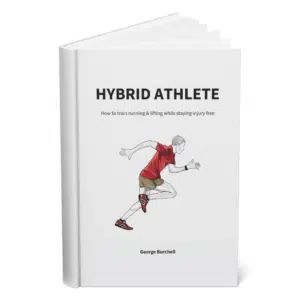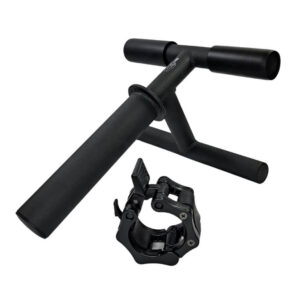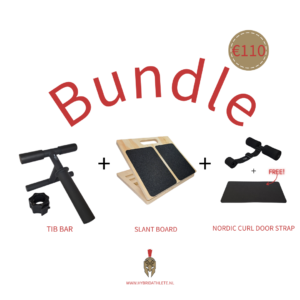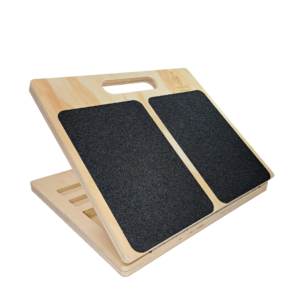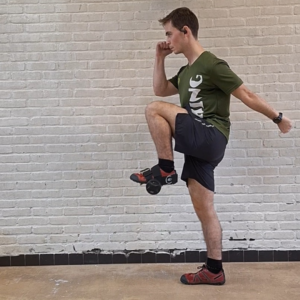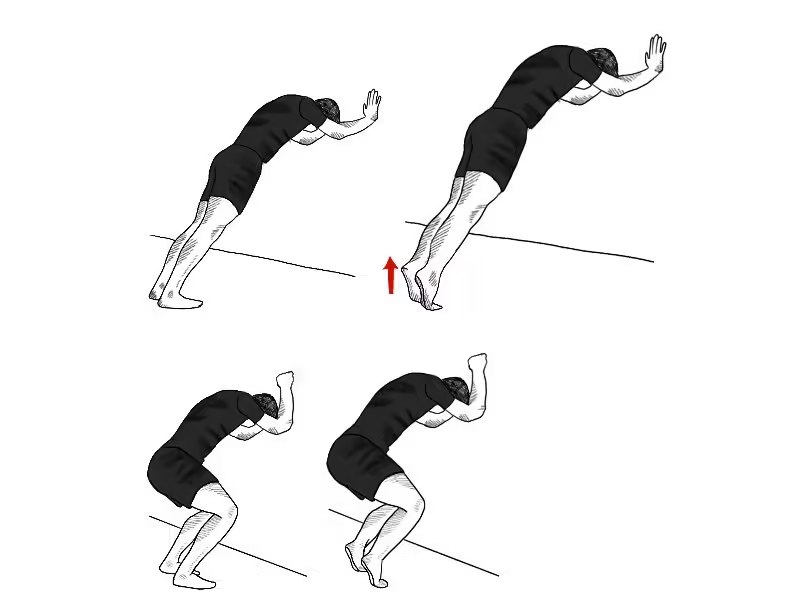
When it comes to ankle mobility, the athletic world talks mostly about dorsiflexion and how to boost it. But, if you’re into sports that have sudden movement changes, running, or jumping, we must talk about the opposite movement – the ankle plantar flexion.
We use the plantar flexion to toe off the ground, to jump, and to prepare our feet for impact during landing. In a sense, it’s as important as dorsiflexion, from ballet to basketball.
So, let’s talk about it.
Table of Contents
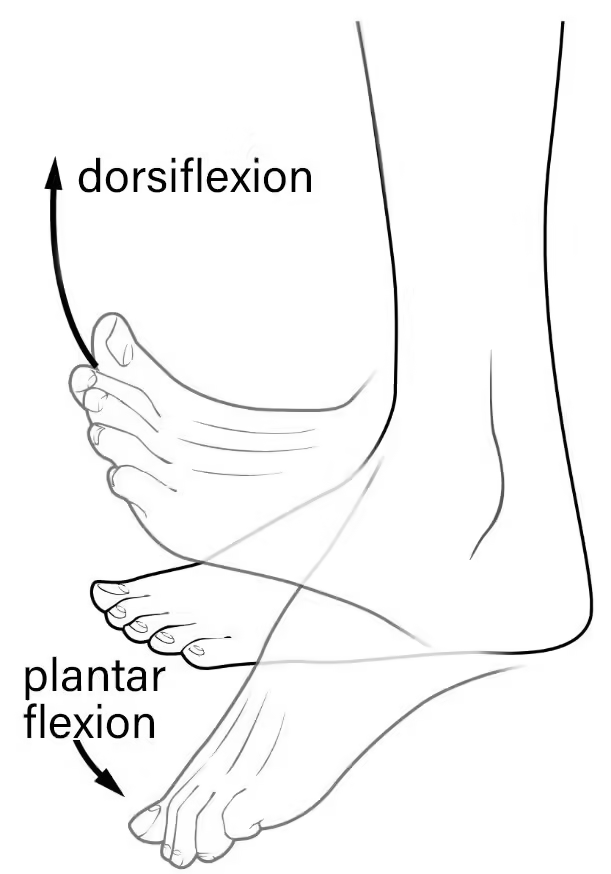
What Is Plantar Flexion?
Plantar flexion is one of the three major ankle movements, next to dorsiflexion and ankle rotation. It’s the movement of pushing your toes away from your legs, in a downward motion.
It plays an essential role in walking, running, jumping, and landing, as well as everyday motions like going down the stairs. A healthy and strong plantar flexion will also enable you to have an optimized running gait.
3 Essential Plantar Flexion Exercises
1. FHL Calf Raise
The flexor hallucis longus is the king of plantar flexion. It may not be the most powerful flexor of the foot, but it spans across multiple joints and is responsible for the movement of the big toe.
Whenever you jump or toe off while running, the FHL is there to help you not only with movement and sheer power but ankle stability as well.
Here’s how to do the FHL calf raise:
- Facing a wall, stand with your feet apart (neutral stance) and point your toes forward
- Stretch your arms forward and lean into the wall
- Stand away from the wall so that your feet just lift off the ground
- By pushing through the balls of your feet, plantar flex the ankle
- Hold for a moment. Feel the contraction in your calf muscles and the flexion in your big toes
- Go back down and repeat

2. Soleus Calf Raise
Now, the soleus (alongside gastrocnemius) is the powerhouse of plantar flexion. It plays a vital part in walking, running, and standing. Together with the gastroc, it helps with keeping your ankles healthy during challenging movements, meaning that working out your soleus helps with injury prevention too.
One important thing for soleus activation during this plantar flexion exercise is to keep your knees bent throughout the whole movement.
Here’s how to do soleus calf raises:
- Stand with your feet hip-width apart. Keep your toes pointing forward
- Place a block or step on the floor in front of you. You can use the stairs as well
- Set the balls of your feet on the edge of the block, with your heels hanging off
- Bend your knees and raise your body by pushing through the balls of your feet
- Try to lift your heels as high as possible
- Hold the position for a moment. Feel the contraction in your calf muscles
- Lower your body back down. Control the movement
- Repeat for reps
3. Gastrocnemius Calf Raise
Lastly, we have the gastrocnemius, aka the gastroc. As mentioned, it’s connected pretty closely to the soleus to power the plantar flexion at the ankle. Some sports scientists even think that these two should be looked at as one big powerful calf muscle structure.
The gastroc calf raise is actually your typical standing calf raise, meaning that you can go wild with the loads once you get the hang of it. This muscle also recovers pretty quickly, since we use it, well, every day to walk and move around.
Here’s how to do gastrocnemius calf raises:
- Stand with your feet hip-width apart, toes pointing forward or slightly outward
- Place a block or step on the floor in front of you. You can use the stairs as well
- Set the balls of your feet on the edge of the block, with your heels hanging off
- With your knees fully extended, raise your body by pushing through the balls of your feet
- Hold for a moment and slowly descend back down
- Repeat for reps
Train Your Plantar Flexion to Jump High and Run Far
Plantar flexion exercises are not about calf size only (tho, they will make your calves bigger). These three exercises have a tremendous carry-over to running, climbing, lifting, and dynamic team sports too.
If you pair them with dorsiflexion exercises (e.g. tibialis raises), you are bound to bulletproof your knees and ankles, and break those plateaus with ease.
Get The Best Injury-Prevention Exercise Equipment:
GET THE BEST INJURY-PREVENTION TRAINING EQUIPMENT:
Above all, a storyteller. Then comes marketing, branding, writing music, powerlifting, and woodworking.

